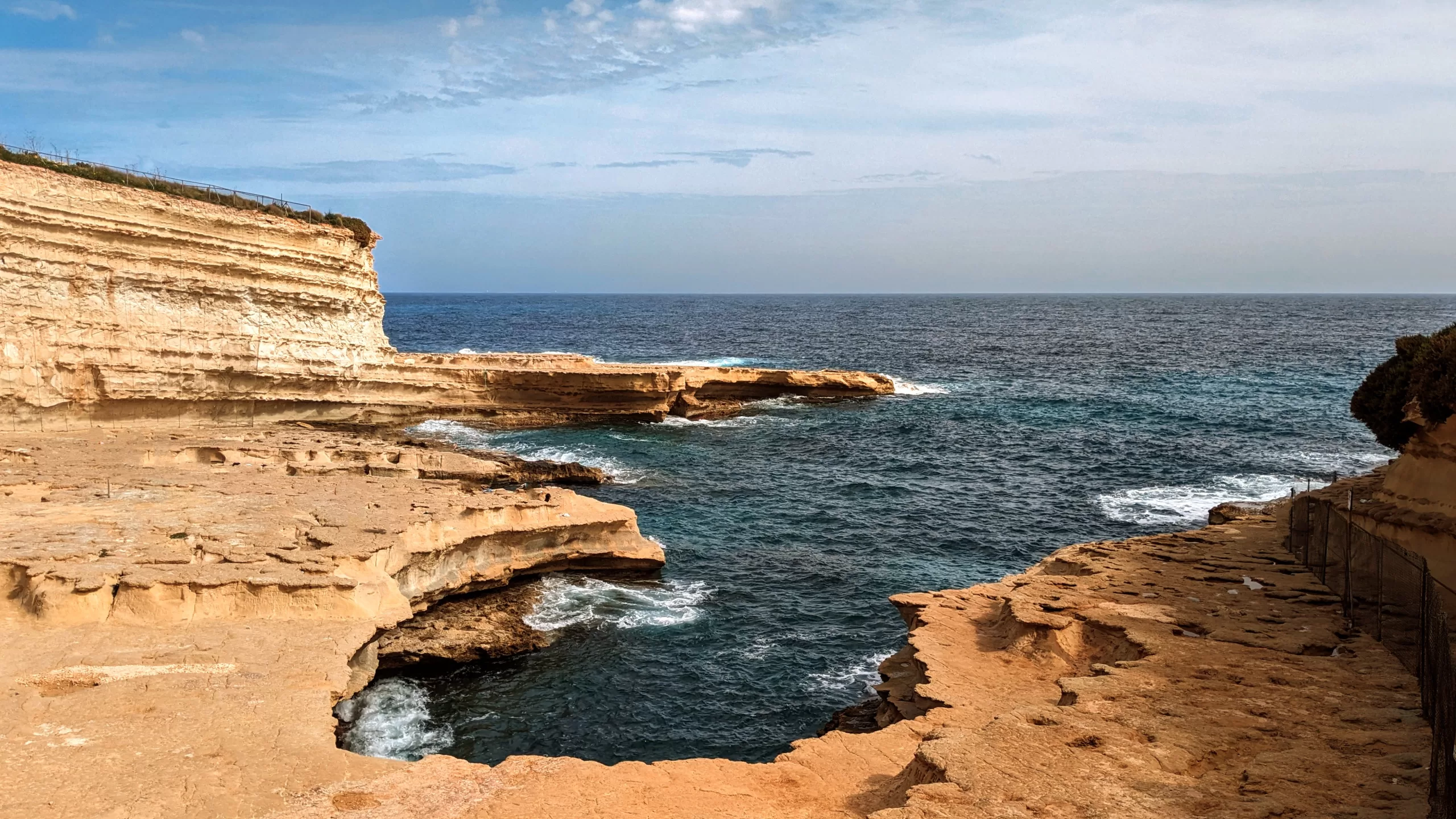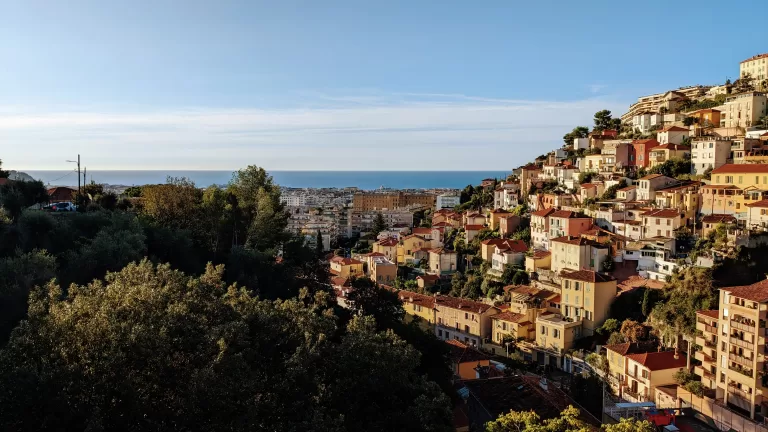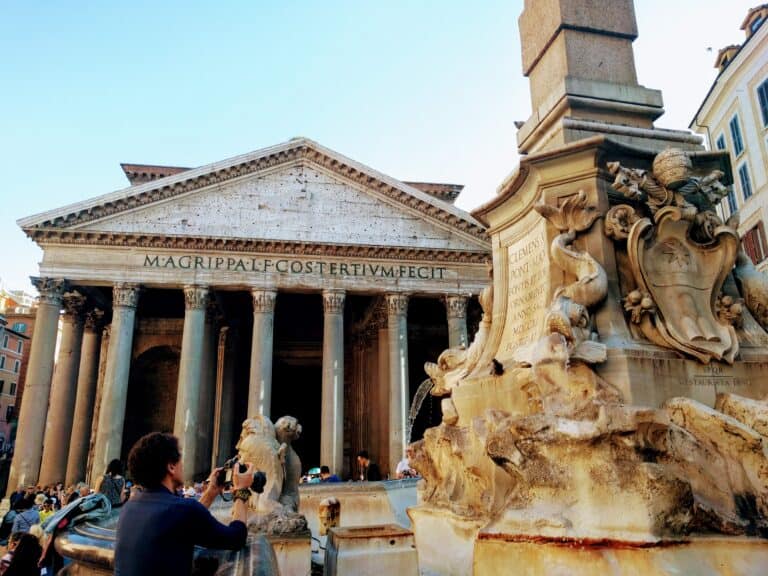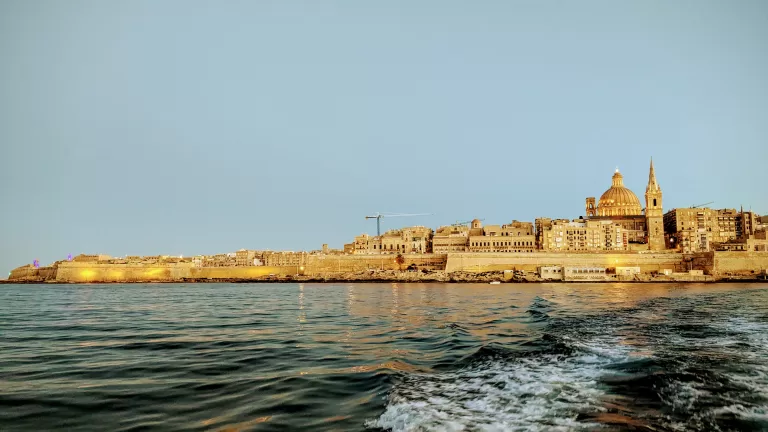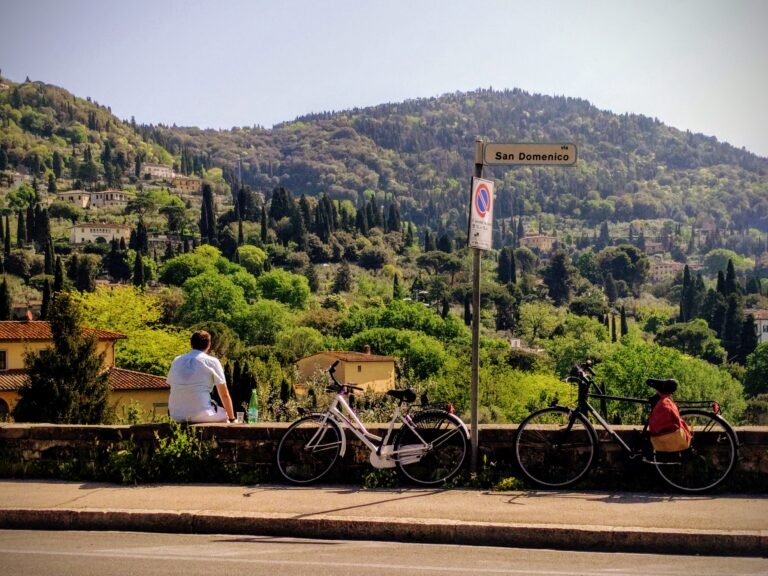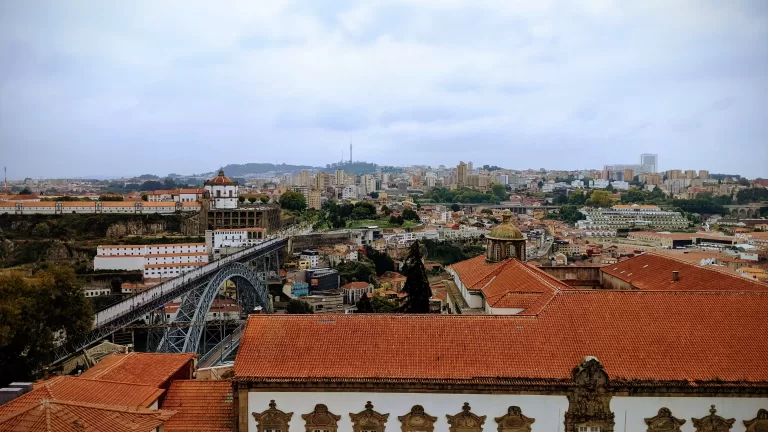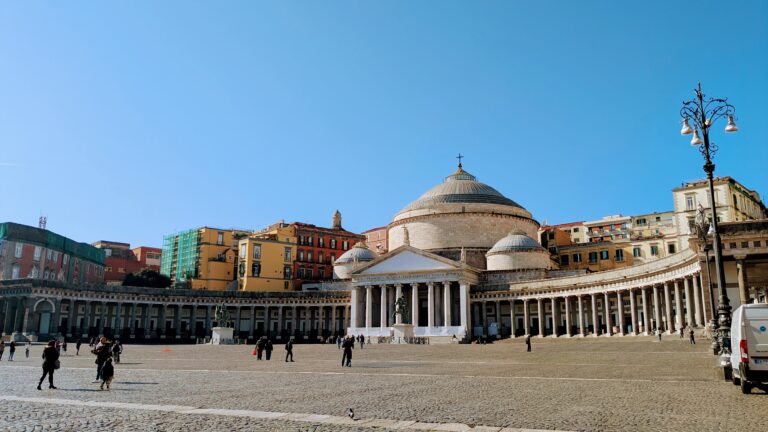Malta travel guide: the stunning gem of the Mediterranean
Are you dreaming of a Mediterranean getaway that’s a bit off the beaten path?
Malta has got everything – stunning beaches, ancient history, and a vibe that’s both laid-back and buzzing.
Think crystal-clear waters, cities that look like they’re straight out of Game of Thrones (because some of them are!), and food that’ll make your taste buds dance.
Read on for our Malta travel guide, and don’t forget to check out our post on the best things to do in Malta!
How long should you stay in Malta?
We’d say aim for at least a week in Malta. This gives you enough time to explore the main island, plus pop over to Gozo and Comino (more on that later).
If you can stretch to 10 days or two weeks, even better. You’ll have time to really soak in the laid-back Maltese lifestyle, explore some hidden beaches, and maybe even learn a few words of Maltese!
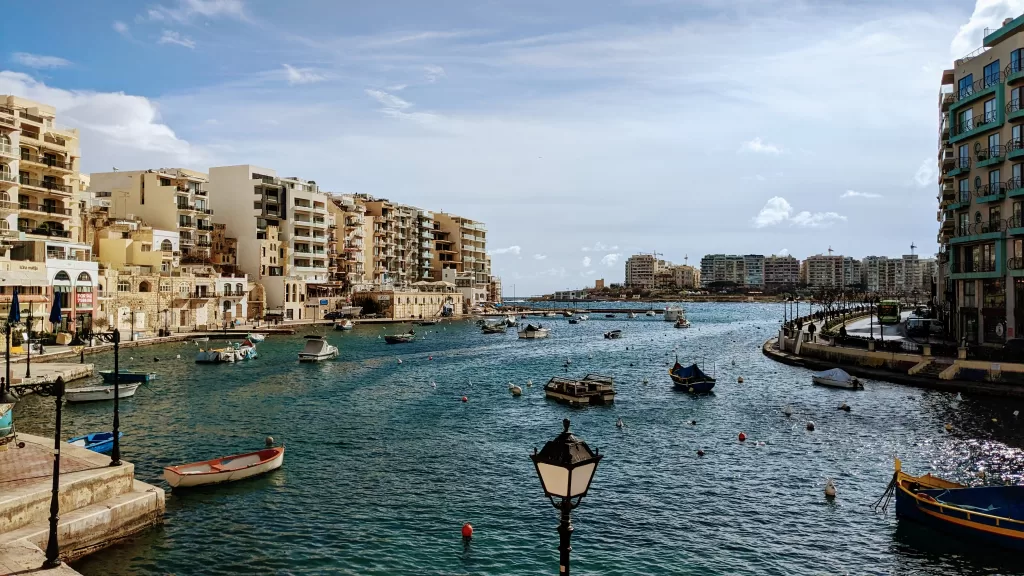
Where should you stay in Malta?
Here are the main areas to consider:
Valletta: The capital city is perfect if you love history and want to be in the heart of the action. It’s packed with museums, restaurants, and stunning architecture. It can be a bit pricey and busy during peak season.
Sliema and St. Julian’s: These neighbouring towns are great for nightlife, shopping, and seaside promenades. They’re well-connected to other parts of the island (and to Valletta), but can get crowded in summer.
Mellieħa: If you’re after beaches and a more relaxed vibe, this northern town is ideal. It’s close to some of Malta’s best beaches, including Mellieħa Bay. Just keep in mind it’s a bit further from the main sights.
Check out our guide for more information on the best areas to stay in Malta!
See all of our guides to Malta including the best things to do and where to stay
How do you get to Malta?
Getting to Malta is easier than you might think. Here’s the lowdown:
By air
Malta International Airport is the main gateway to the island. It’s well-connected to major European cities, with regular flights from the UK, Italy, and other nearby countries.
From the airport, you’ve got a few options to get to your accommodation:
Bus: The 71, 72 or 73 will take you to Valletta from directly outside of the airport. You can buy a ticket on the bus or pay via Contactless card. The bus takes about 30 minutes to the South-West edge of Valletta, then it’s a short walk to you hotel. There are plenty of buses to other parts of the island, but they may take a bit longer.
Taxi: You’ll find a taxi rank just outside the terminal. It’s pricier but more convenient, especially if you’ve got lots of luggage.
Car share: Bolt is the main app used for car shares. A ride into Valletta will cost you about €15 and take about 20 minutes. Just book one on the app and it will show you where to wait – it’s just outside the airport (which is pretty small) and easy to find.
Car rental: If you’re planning to explore the island, renting a car at the airport might be a good shout.
By sea
If you’re coming from Sicily, you can take a ferry from Pozzallo to Valletta. The journey takes about 1.5 hours and it’s a great way to arrive if you love being on the water.
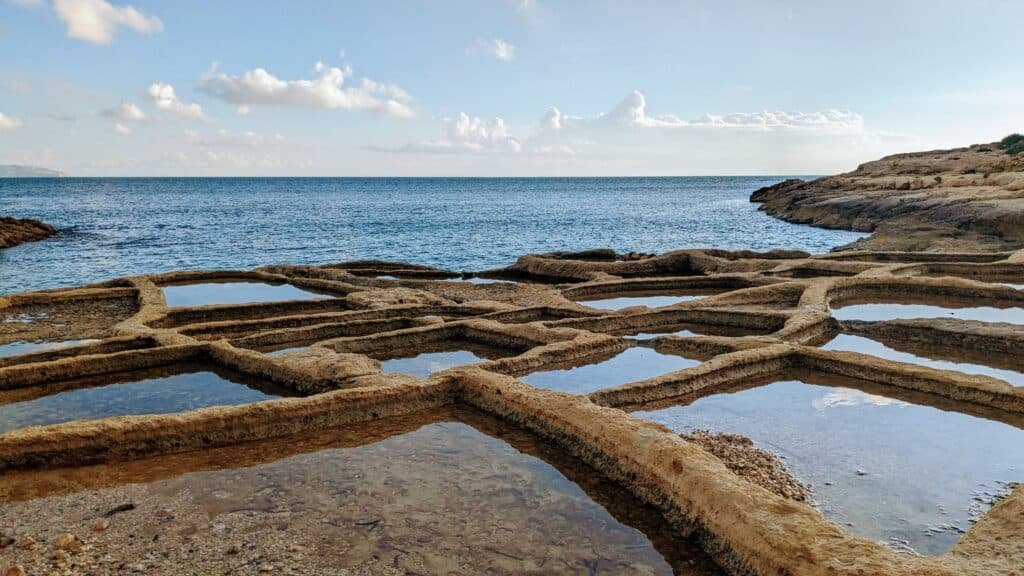
How do you get around Malta?
Malta is compact, so getting around anywhere doesn’t take long. Here are your main options:
By bus
We mainly used the bus as they were convenient and better for the environment, and we always like getting local public transport.
The bus system is pretty good and will get you to most places. The buses are new and comfortable and generally have good aircon (and English is widely used, which made using them easier). However, we found they don’t always stick to the timetable so give yourself a bit more time in case one is delayed.
We used Google Maps for route-planning and didn’t have any problems. You can either buy a ticket on the bus using Contactless for €2.50 per journey (you can use the same card to buy multiple tickets, and each ticket is valid on any other bus for up to two hours). Alternatively, there’s various cards you can purchase online which give you unlimited travel for different periods, or allow you to bulk buy journeys which works out a bit cheaper.
By car share
Uber and Bolt are widely used. Prices are reasonable, we never had to wait long for one, and it saved a bit of time on the bus. You can access it using the same app and account as you’ll use at home.
There’s a hop-on-hop-off bus which goes round the main attractions. We didn’t use this because outside the peak season, services weren’t very regular and only half of the island was serviced at a time. We found buses got you to the places as quickly (and as easily) as the hop-on-hop-off bus would have.
By bike
Cycling in Malta is a fantastic way to explore the island’s stunning coastline, historic villages, and rugged countryside. However, given the narrow roads, hilly terrain, and unpredictable traffic, it’s essential to plan your routes carefully.
Most Maltese roads are quiet and small, but the main roads can be busy, and drivers aren’t always cyclist-friendly. Stick to quieter country lanes where possible and wear high-visibility clothing.
Avoid cycling during the midday heat in summer (June–September). Early mornings or late afternoons are best. Several shops in Valletta, Sliema, and St. Paul’s Bay rent road bikes, e-bikes, and mountain bikes.
By foot
Walking is one of the best ways to experience Malta’s dramatic coastline, ancient towns, and countryside. Despite the island’s small size, there are plenty of fantastic walking routes, from coastal cliffs to historic streets.
The capital, Valletta, is small and easy to walk – many streets are pedestrian only and you may not have a choice.
Malta’s bus network is great for getting around the island, so perfect for taking you further afield.
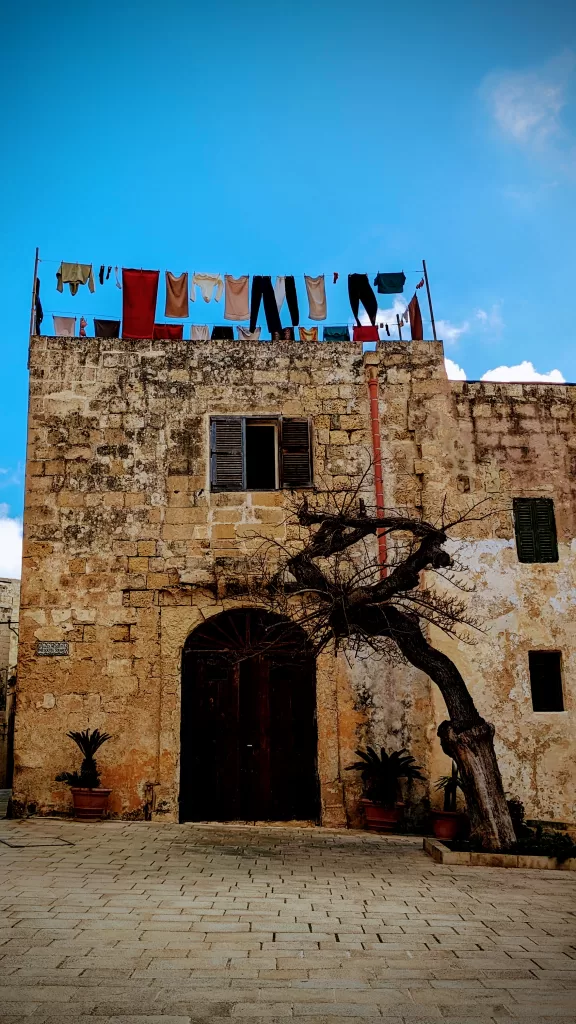
When should you go to Malta?
The best time to visit Malta is between April and June, or September to November. You’ll get warm weather without the intense heat and crowds of July and August. Plus, the sea is still warm enough for swimming in autumn.
Spring is great for outdoor activities and festivals like the Malta International Fireworks Festival in April. Autumn is perfect for sightseeing and enjoying local wine festivals.
What is there to do in Malta?
Malta is packed with things to do. It’s got historical cities to explore, dramatic coastline to walk along, golden beaches to relax on and beautiful countryside to hike in.
Check out our blog post on the best things to do in Malta.
What should I pack to visit Malta?
Here’s what you shouldn’t forget:
- Sunscreen and a hat (the Maltese sun is strong!)
- Comfortable walking shoes for exploring rocky terrain
- A reusable water bottle (tap water is safe to drink)
- Swimwear and a quick-dry towel
- Adapter plug if you’re not from the UK (Malta uses the British three-pin system)
- Light layers for cooler evenings, especially in spring and autumn
Check out our full guide to the best things to do in Malta!
How can I be more sustainable when I visit Malta?
Malta is working hard on sustainability, and you can help:
- Use public transport or walk when possible
- Bring a reusable water bottle and shopping bag
- Respect marine life – don’t touch or remove anything from the sea
- Support eco-friendly tour operators like Eco Marine Malta
How do I travel to Gozo and Comino?
To get to Gozo, take the ferry from Ċirkewwa in northern Malta. It runs 24/7 and takes about 25 minutes. For Comino, you can take a small boat from Marfa or Ċirkewwa. Many tour operators also offer day trips to both islands.
Is Malta expensive?
Malta is generally less expensive than other popular Mediterranean destinations. Eating out can be affordable if you choose local restaurants. Accommodation varies – budget options are available, but luxury hotels can be pricey, especially in peak season.
We found an average meal to be around €10-14 at a typical tourist restaurant and a pint of beer to be about €6.
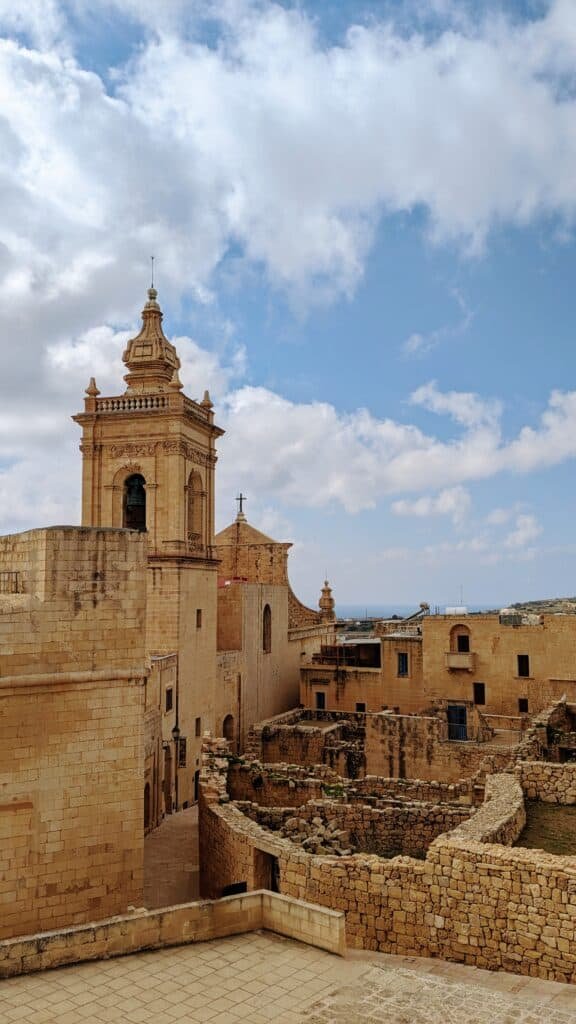
Can you drink the tap water in Malta?
Yes, tap water in Malta is safe to drink. It might taste a bit different due to desalination, but it’s perfectly fine. Bringing a reusable water bottle is a great way to stay hydrated and reduce plastic waste.
What else should I know about Malta?
English is widely spoken, so there’s little language barrier for those who can speak English. Most plugs are UK style, so you may need an adapter if your electrics have European plugs. Card is taken everywhere, and I don’t think we used cash the whole time (ATMs are pretty common if you prefer cash though). Malta has excellent mobile data coverage, and most places offer free WiFi too.
Malta is very safe, and friendly. Enjoy!
Conclusion
Malta is a treasure trove of experiences waiting to be discovered. From its sun-soaked beaches to its ancient cities, there’s something for everyone. Whether you love history, food or just to relax by the sea, Malta won’t disappoint. So, what are you waiting for? Start planning your Maltese adventure today!
We’d love to hear about your Malta experiences! Drop a comment below, share this post , and don’t forget to subscribe to our blog for more travel tips and inspiration. Happy travels!
This page contains affiliate links. If you make a purchase through one of these links we make a small commission to help run this site, at no cost to you. Making a commission never affects the advice we give - see our content policy.

